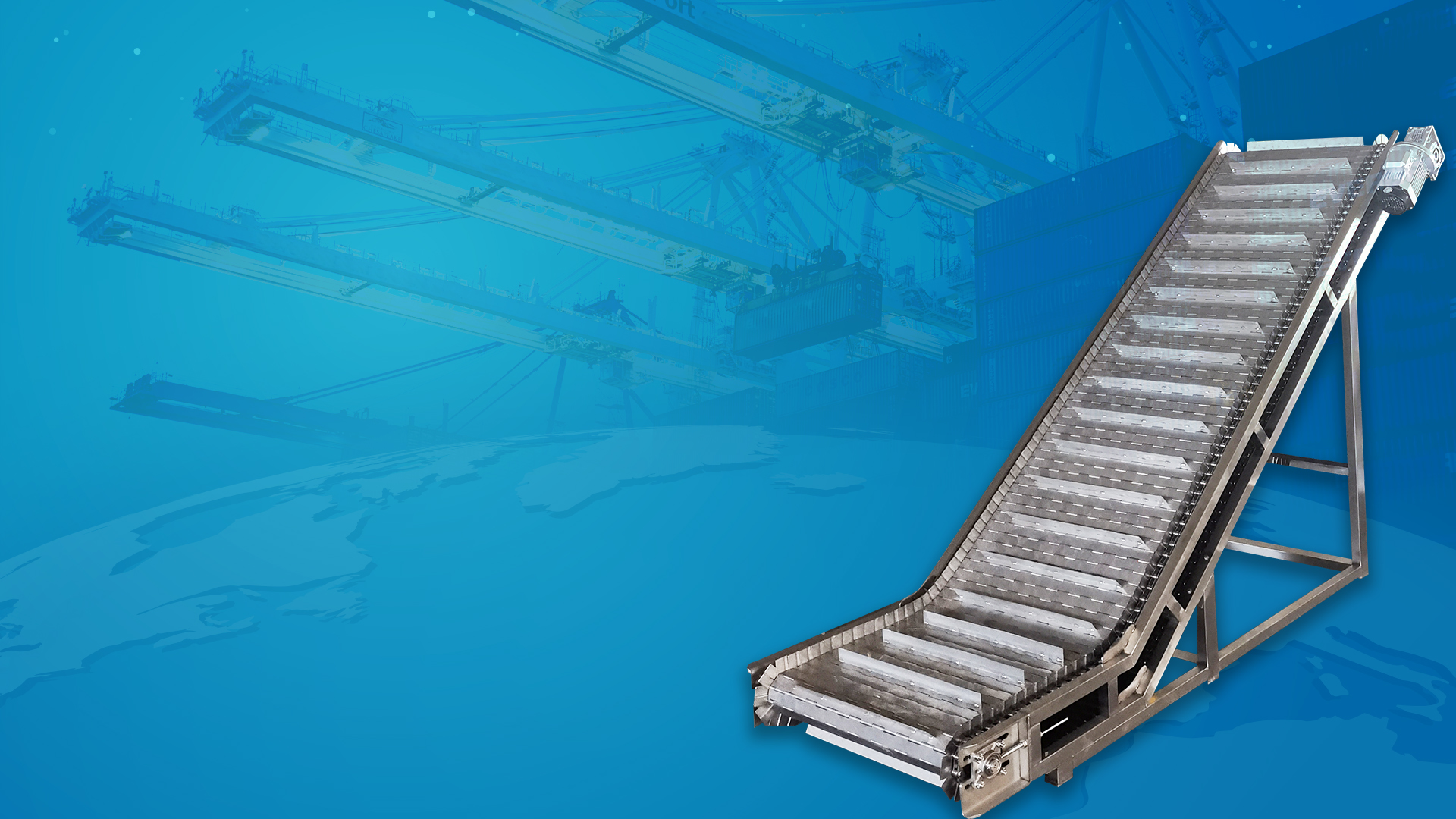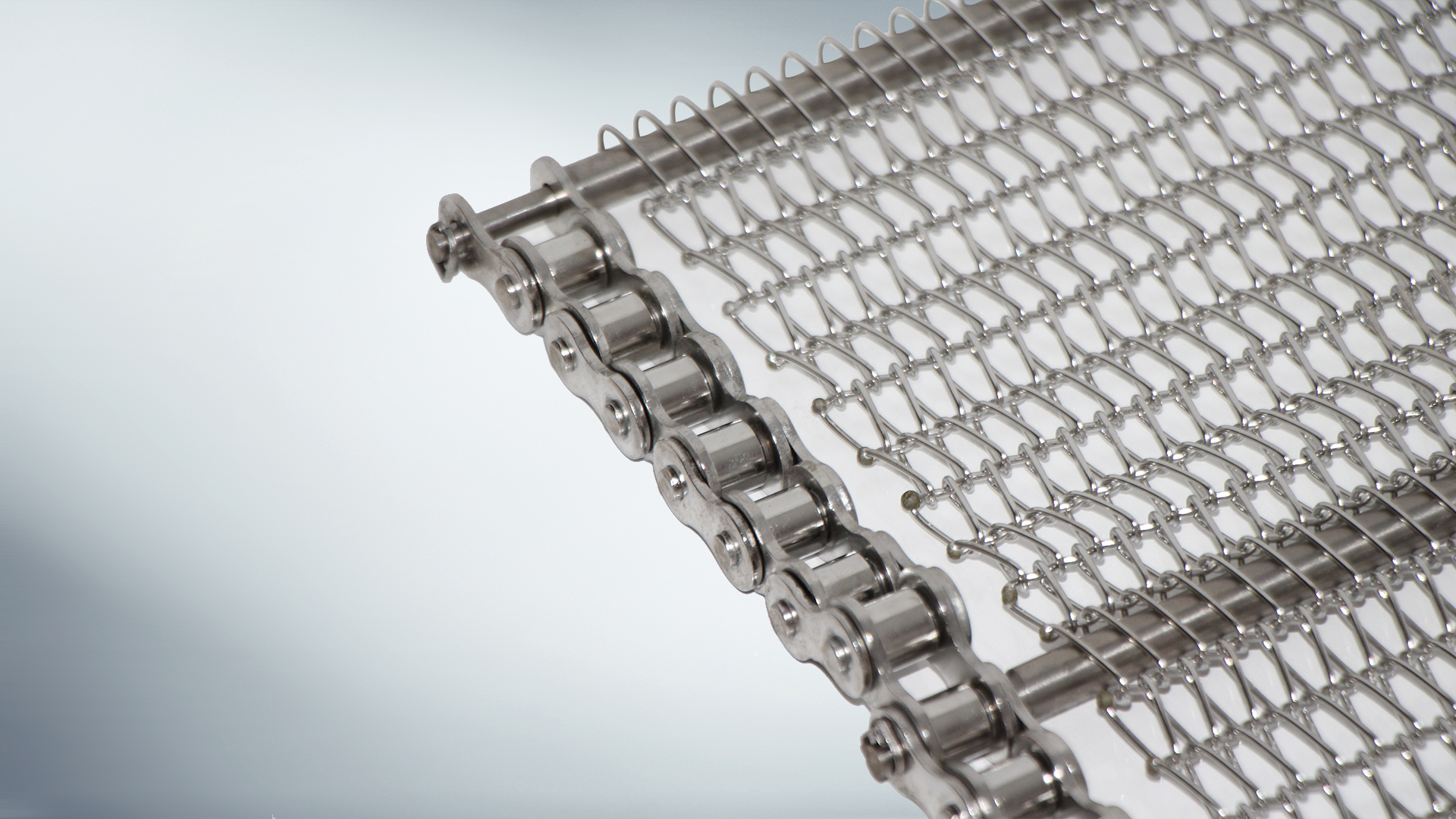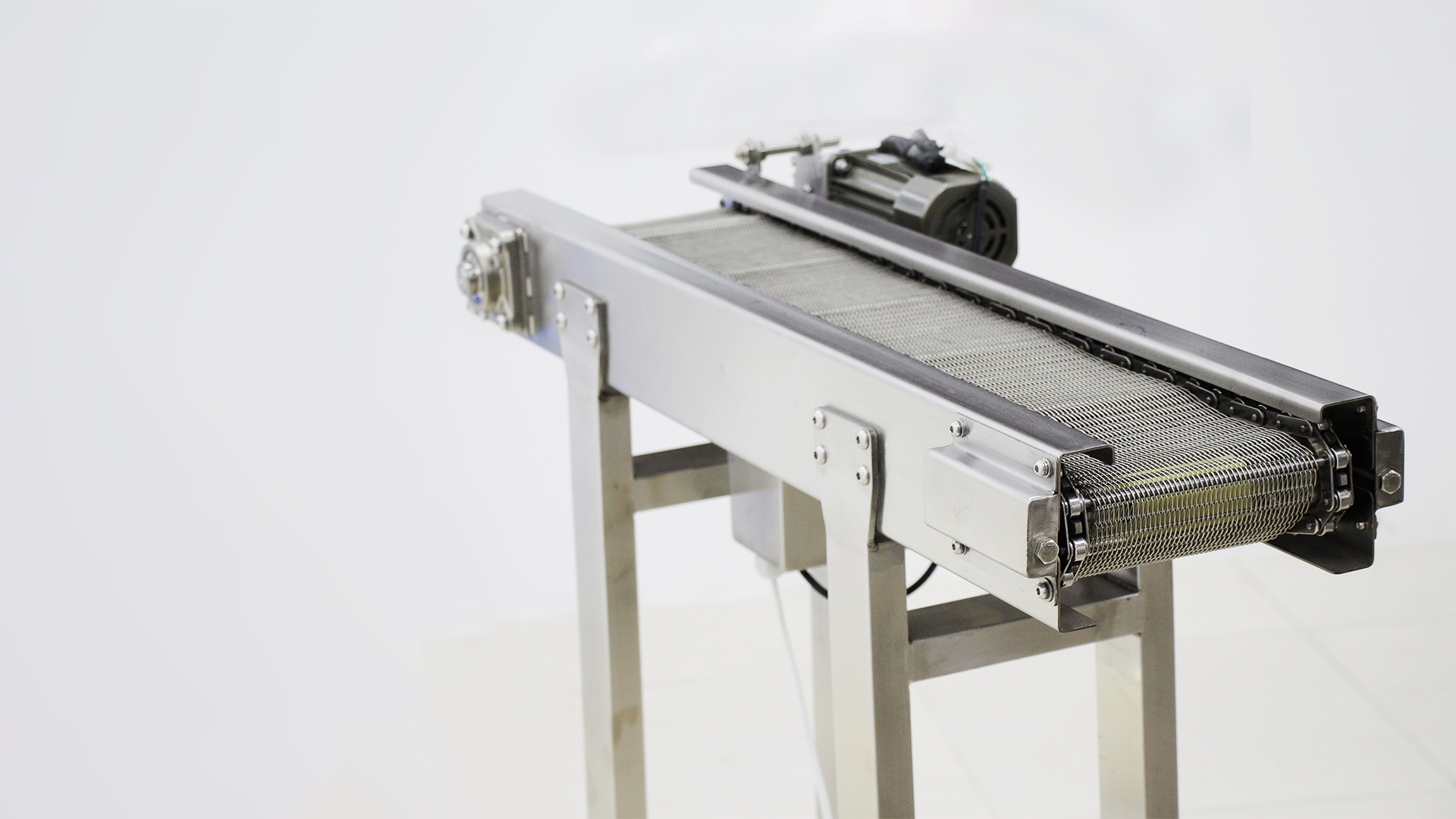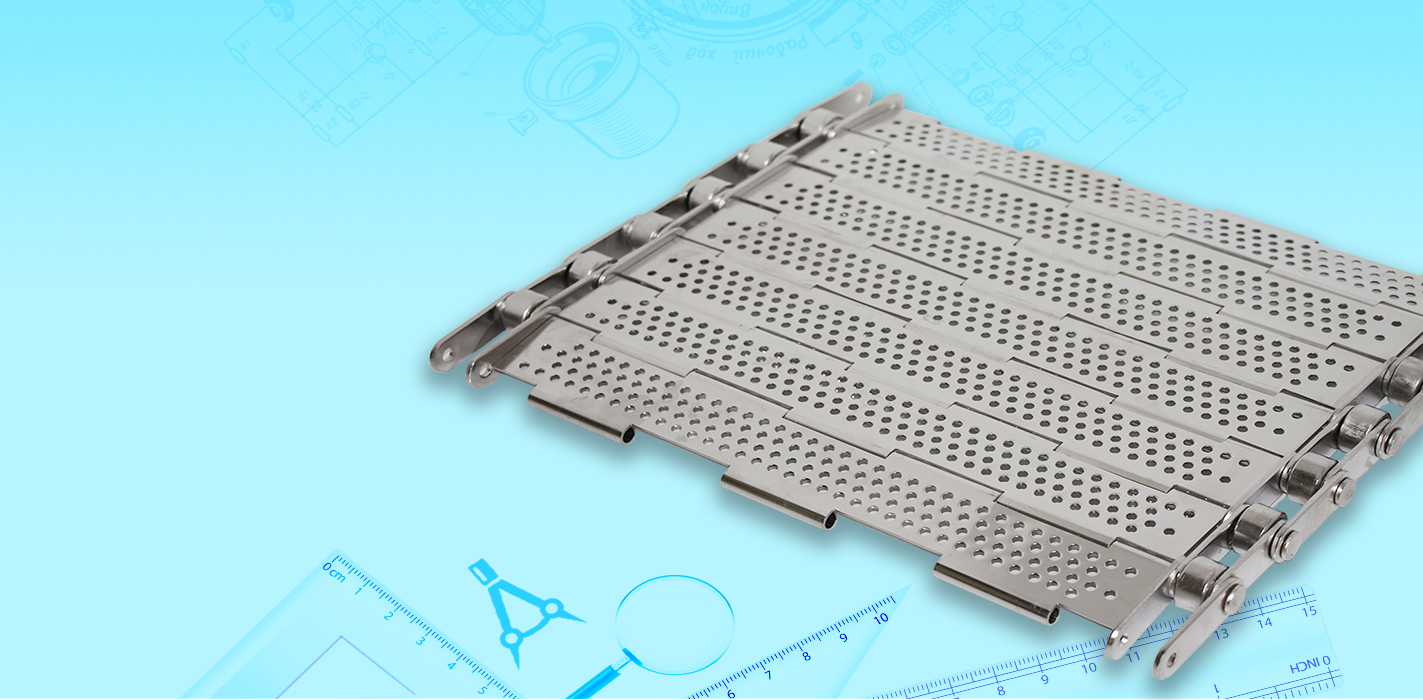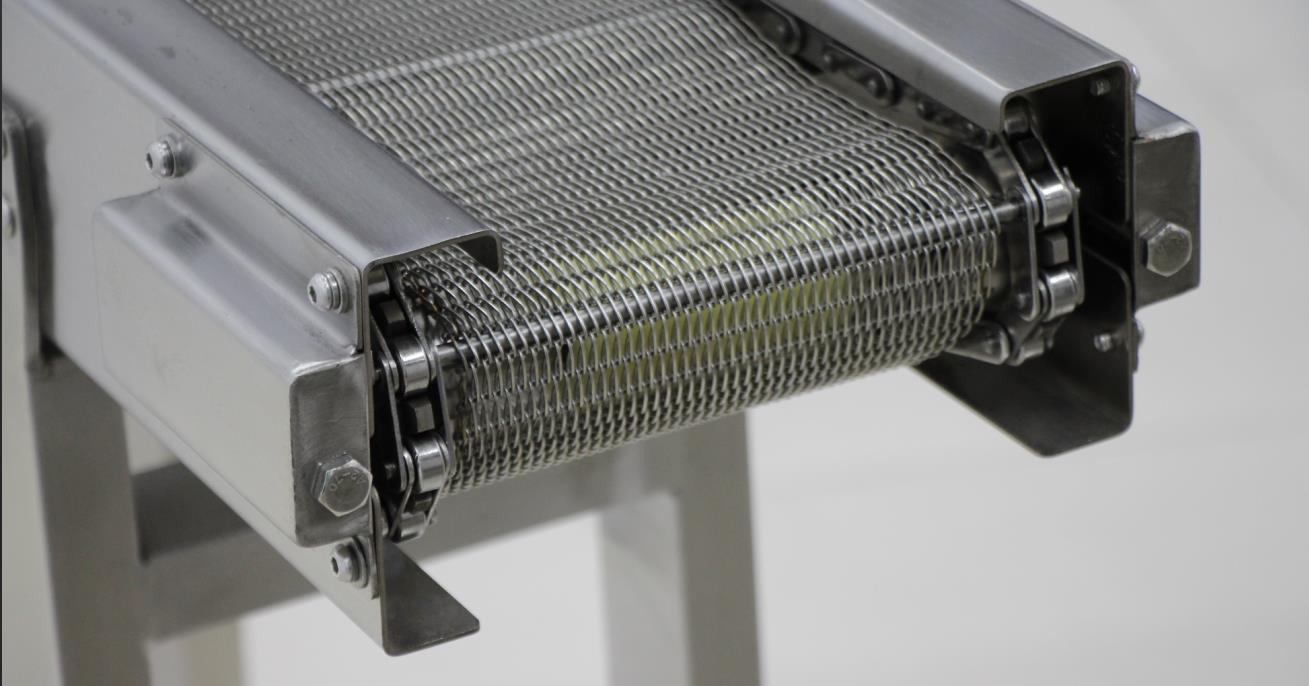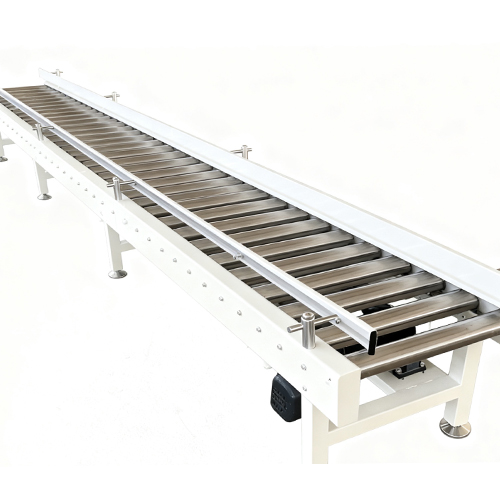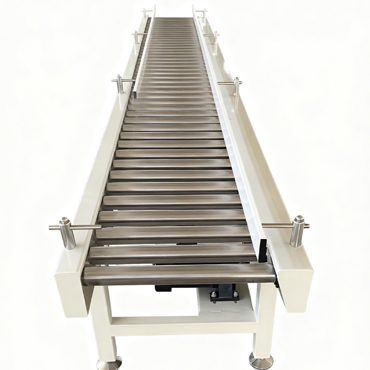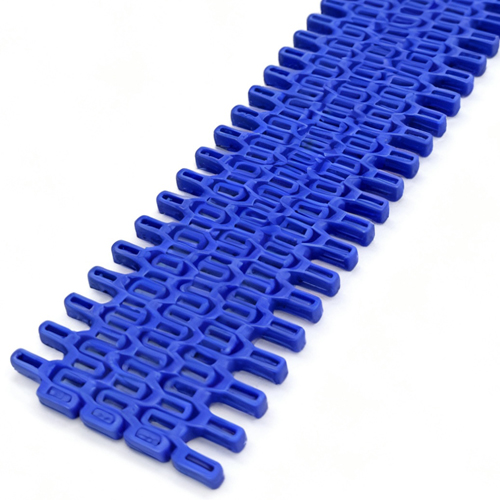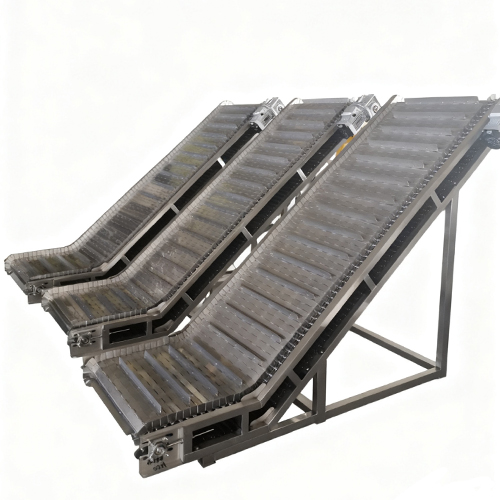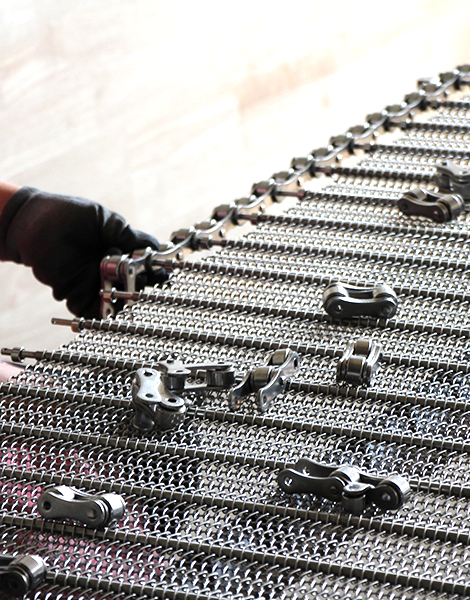Curved chain conveyor belts are suitable for a variety of applications. The following are some common application scenarios:
In the food processing industry, they can transport various ingredients, such as fruits, vegetables, and meats. The conveyor's smooth performance ensures that food does not scatter or get damaged during turns, maintaining quality and hygiene. For instance, in a cookie production line, the conveyor can transport cookies from one processing area to another, which facilitates subsequent packaging processes.
In logistics and warehousing, curved chain conveyors efficiently handle goods. It provides stable conveying power for items requiring curved transportation within warehouses, such as cardboard boxes or parcels. This reduces pile-ups and collisions, thereby enhancing warehouse operational efficiency. In large logistics centers, it can guide goods from one end of a conveyor line to the other, facilitating the rational distribution and transfer of goods.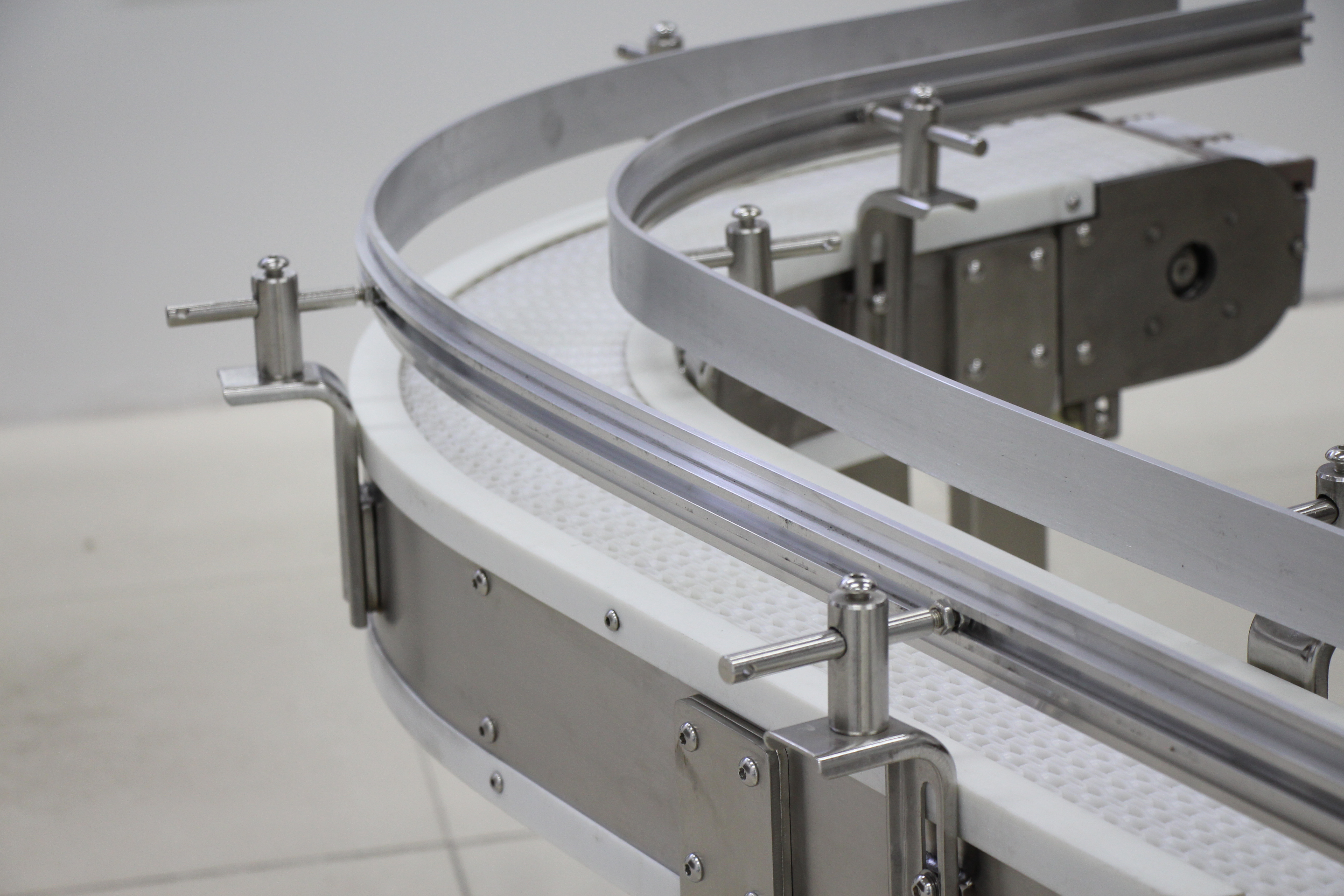
In the electronics manufacturing industry, it is ideal for transporting precision items, such as electronic components and circuit boards. It ensures the positional accuracy of electronic components during transportation, preventing quality issues caused by collisions or shifts.
In automotive manufacturing, curved chain conveyors transport components such as engines and transmissions. They can withstand heavy weights and loads, ensuring the safety and stability of components during transportation and providing convenience at various stages of automotive manufacturing.
In summary, curved chain conveyors are suitable for multiple fields, including food processing, logistics warehousing, electronics manufacturing, and automotive manufacturing. They provide reliable conveying solutions for various production and operational processes due to their stable, efficient, and flexible characteristics.



